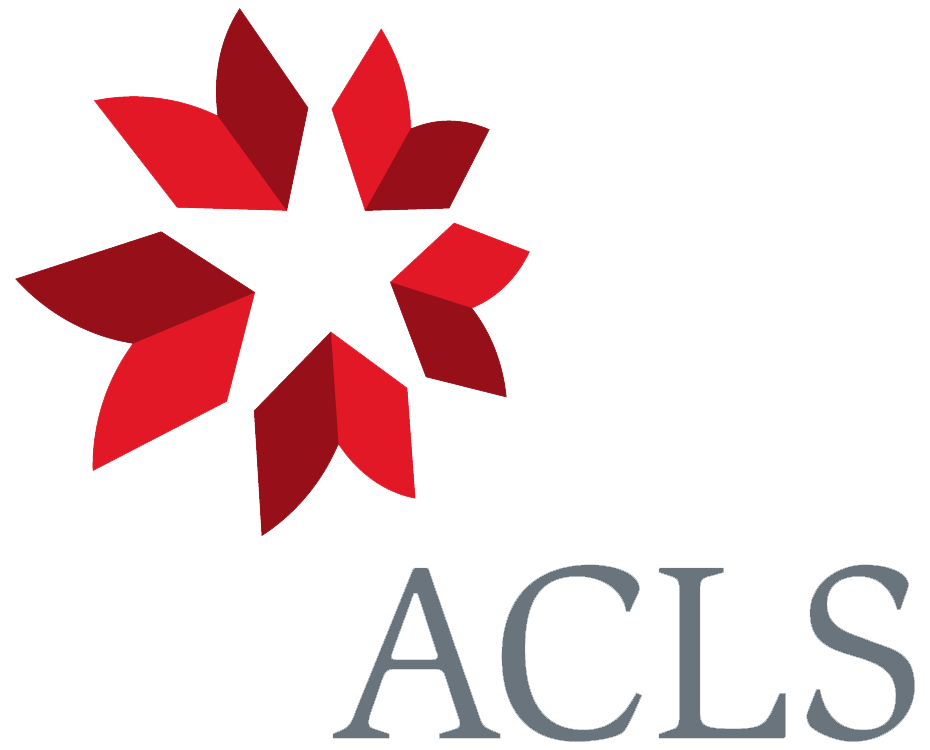To Alpheus Hyatt 13 February 1877
Down, | Beckenham, Kent. | Railway Station | Orpington. S.E.R.
Feb 13. 77
Dear Sir,
I thank you for your very kind, long & interesting letter1 The case is so wonderful & difficult that I dare not express any opinion on it. Of course I regret that Hilgendorf has been proved to be so greatly in error, but it is some selfish comfort to me that I always felt so much misgiving that I never quoted his paper.2 The variability of these shells is quite astonishing, & seems to exceed that of Rubus or Hieracium amongst plants.3 The result which surprises me most is that the same form should be developed from various & different progenitors. This seems to show how potent are the conditions of life, irrespectively of the variations being in any way beneficial. The production of a species out of a chaos of varying forms reminds me of Nägelis conclusion as deduced from the study of Hieracium that this is the common mode in which species arise.4 But I still continue to doubt much on this head, & cling to the belief expressed in the first edit of the Origin that protean or Polymorphic species are those which are now varying in such a manner that the variations are neither advantageous nor disadvantageous.5 I am glad to hear of the Brunswick deposit, as I feel sure that the careful study of such cases is highly important.6
I hope that the Smithsonian Institn. will publish your memoir,7 & I remain | dear Sir | Yours faithfully | Ch. Darwin
Footnotes
Bibliography
Correspondence: The correspondence of Charles Darwin. Edited by Frederick Burkhardt et al. 29 vols to date. Cambridge: Cambridge University Press. 1985–.
Origin: On the origin of species by means of natural selection, or the preservation of favoured races in the struggle for life. By Charles Darwin. London: John Murray. 1859.
Rasser, Michael W. 2013. Darwin’s dilemma: the Steinheim snails’ point of view. Zoosystematics and Evolution 89: 13–20.
Summary
Regrets that F. Hilgendorf proved so greatly in error ["Planorbis Multiformis", Monatsber. K. Akad. Wiss. Berlin (1866): 474–504; "Noch einmal Planorbis Multiformis", Z. Dtsch. Geol. Ges. 29 (1877): 50–62].
Discusses polymorphic species.
Surprised that shell form developed from various different progenitors.
Reminds CD of C. Nägeli’s conclusions on Hieracium.
But still retains belief expressed in first edition of Origin that variation in protean species is neither advantageous nor disadvantageous.
Letter details
- Letter no.
- DCP-LETT-10842
- From
- Charles Robert Darwin
- To
- Alpheus Hyatt
- Sent from
- Down
- Source of text
- Maryland Historical Society (Alpheus Hyatt Papers MS 1007)
- Physical description
- LS 4pp
Please cite as
Darwin Correspondence Project, “Letter no. 10842,” accessed on 20 April 2024, https://www.darwinproject.ac.uk/letter/?docId=letters/DCP-LETT-10842.xml


